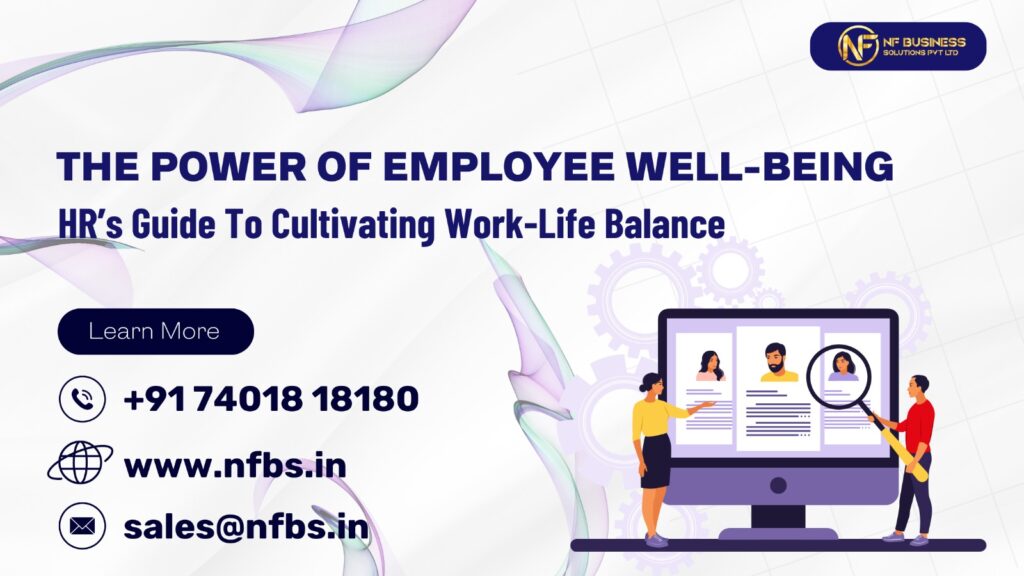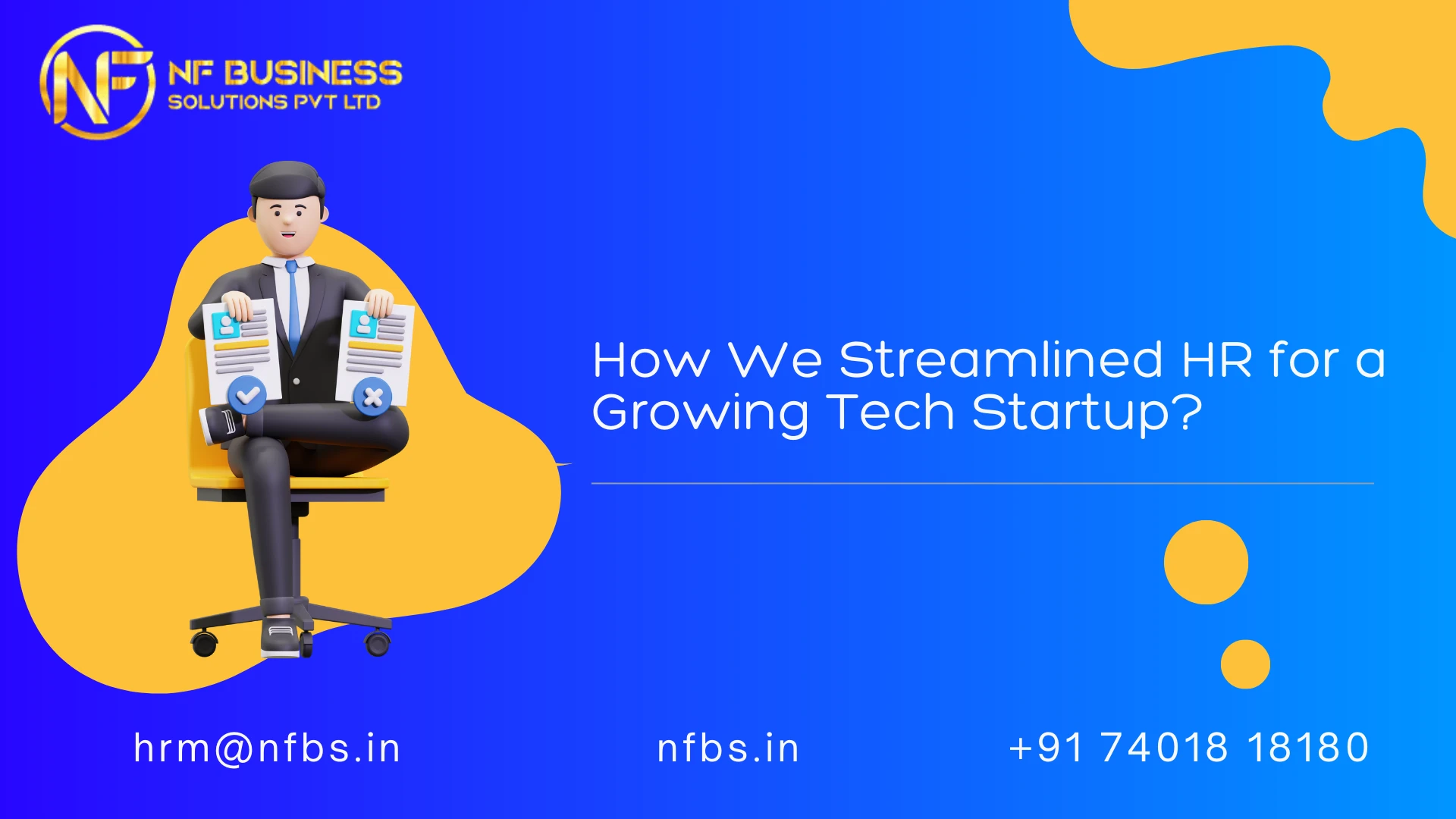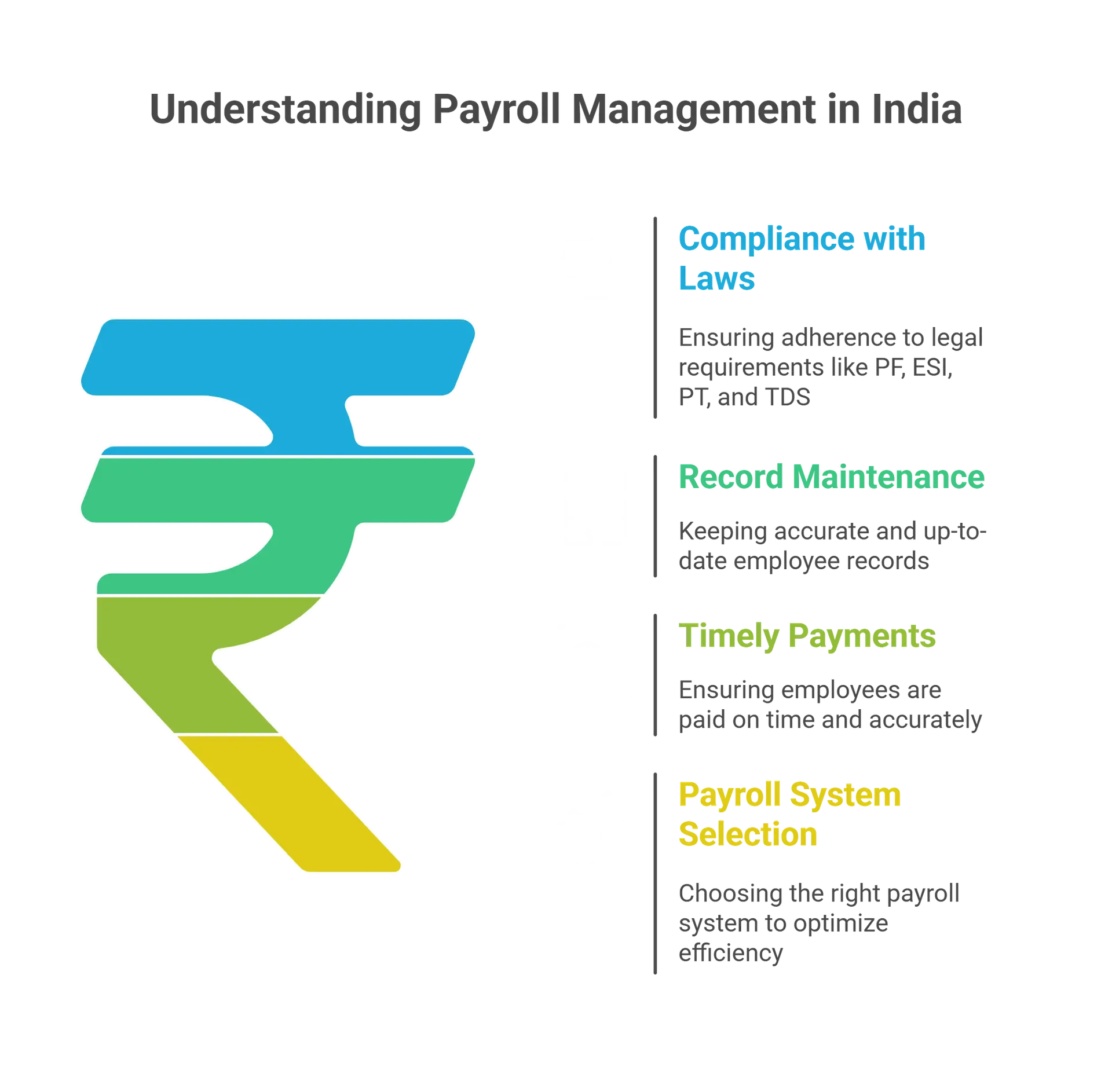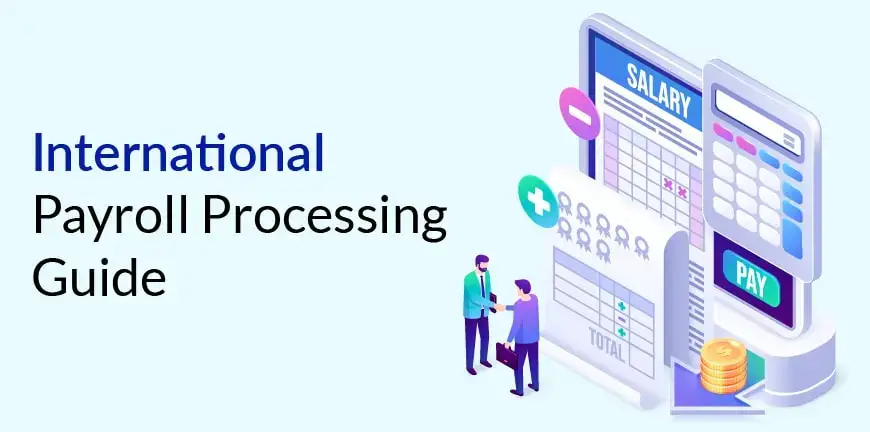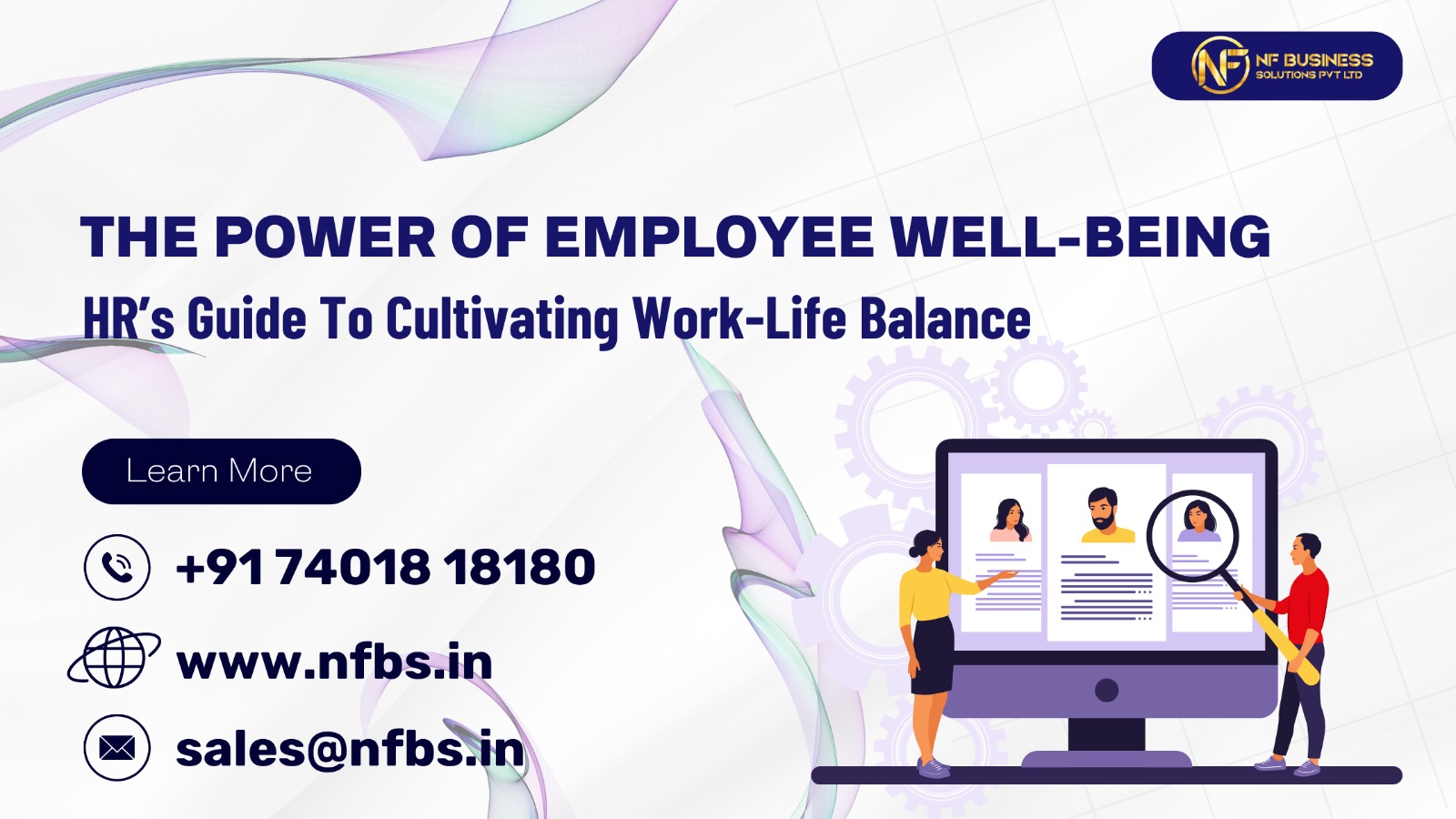Introduction: Power of Employee Well-Being
In today’s fast-paced world, achieving work-life balance is increasingly essential due to busy lifestyles. It involves balancing professional responsibilities with personal well-being. Organizations are recognizing its significance and fostering work-life balance in their cultures.
Millennials and Gen Z, the majority of the workforce, prioritize work-life balance and holistic well-being. Microsoft’s Work Trends report indicates that many employees prioritize personal life, and younger generations may switch jobs due to poor balance. Therefore, businesses must adapt to cater to these generations for career success and contented living.
This blog discusses the importance of creating such environments and how HR strategies play a role. Effective HR strategies empower employees to lead meaningful lives both at work and outside, resulting in increased productivity and job satisfaction, promoting workplace wellness.
| Work-Life Balance Significance: Work-life balance is crucial for personal well-being and job satisfaction.Achieving this balance leads to better mental and physical health.Organizations benefit from promoting a culture of work-life balance.Investing in employees’ personal lives boosts engagement, creativity, and productivity.A balanced work-life environment reduces burnout, turnover, and recruitment costs.Modern technology and heavy workloads can make balance challenging.HR solutions aim to create healthy work environments and support employees in achieving work-life balance. |
Ways HR Supports Work-Life Balance:
Human Resource (HR) managers are vital in cultivating a work-life balance culture within organizations. Through tools, technologies, and strategies, HR solutions empower employees to balance their professional and personal lives effectively.
HR experts have a pivotal role in building a work environment that encourages work-life balance and enhances the overall employee experience. By nurturing a supportive atmosphere, they can assist employees in harmonizing their work and personal responsibilities.
Let’s delve into how HR teams can establish a favorable corporate culture that aids employees in attaining improved work-life balance.
- Promoting work-life balance within organizations involves several key strategies. First, providing flexible work options such as flexitime, compressed workweeks, and remote work empowers employees to customize their schedules, reducing stress and increasing job satisfaction. These options are particularly beneficial for parents and those with personal commitments that require flexible scheduling.
- Accurate time and attendance tracking are essential to ensure fair compensation and prevent overworking, which can lead to burnout and disrupt work-life equilibrium. HR tools like flair help achieve this by recording work hours accurately.
- Efficient leave and vacation management are crucial for employee well-being. Tools like flair simplify the process, allowing employees to request time off, check remaining allowances, and view request statuses. This streamlines administrative tasks and ensures equitable treatment when granting time off.
- Wellness and employee assistance programs further support work-life balance by offering resources related to physical and mental health, stress management, and more. These initiatives contribute to a positive workplace culture that not only creates balance but also enhances productivity and morale. Overall, with the right HR solutions, promoting work-life balance becomes more manageable and beneficial for both employees and organizations.
Strategies for Cultivating a Work-Life Balance Culture:
1. Leadership as Role Models: Leadership plays a pivotal role in setting the tone for a work culture that values work-life balance. Managers can exemplify effective time and commitment management, aided by HR-provided resources like time management strategies and employee support programs.
2. Cultivate Open Communication: Encourage open, transparent communication to support work-life balance. Employees should feel free to express their needs and concerns. HR can facilitate this by sharing information about policies related to flexibility, parental leave, and wellness programs through digital platforms, promoting an open and supportive work environment.
3. Prioritize Asynchronous Communication: Emphasize asynchronous communication methods like video messages, instant messaging, or voice notes to reduce communication overload, ensuring employees have more control over their time.
4. Training and Development: Conduct workshops and training sessions that address time management, stress reduction, and setting boundaries. Make these resources accessible through online learning platforms, webinars, and self-paced e-learning modules, allowing employees to learn at their convenience.
5. Employee Engagement and Recognition: Foster a positive, supportive culture through employee engagement programs and team-building activities. Platforms like flair aid in team connection, feedback collection, and recognition of outstanding contributions, promoting inclusivity and motivation.
Overcoming Challenges and Ensuring Work-Life Balance Success:
Integrating a work-life balance culture in an organization can be challenging, but proactive steps are crucial for success. Challenges may include resistance to change from existing work structures, fears of reduced productivity, and a lack of awareness regarding the benefits of work-life balance. To address these obstacles effectively, organizations should take the following steps:
1. Emphasize Value: Highlight the benefits of work-life balance, such as improved employee well-being, job satisfaction, and productivity. This helps persuade teams and leaders of its importance.
2. Engage Employees: Involve employees in the process by soliciting their input and opinions. This fosters a sense of ownership and encourages them to embrace the changes.
3. Provide Tools and Knowledge: Equip employees with the tools and knowledge to manage their time, prioritize tasks efficiently, and establish healthy work boundaries. Leaders should set an example and support team members striving for balance.
4. Continuous Evaluation: Regularly assess the work-life balance strategy through surveys, focus groups, and feedback mechanisms to gauge employee satisfaction and identify areas for improvement.
5. Data-Driven Decision-Making: Collect and analyze data related to work-life balance indicators to make informed decisions and adapt to evolving needs.
6. Adaptable Workplace: Create an adaptable, learning-friendly workplace that fosters experimentation and innovation in promoting work-life balance.
Work-life balance is not just a trend; it’s essential for personal and professional success. HR professionals play a crucial role in supporting employees in this endeavor by providing communication tools, transparent policies, and training programs. Empowering your team to manage their balance is key to creating a culture that promotes work-life harmony.

